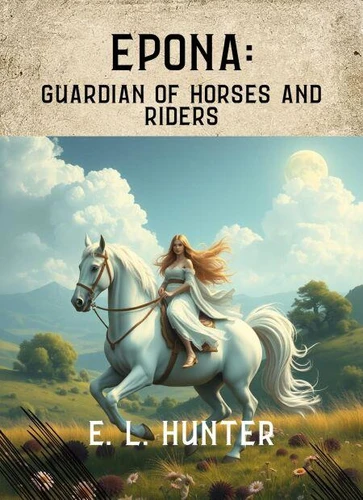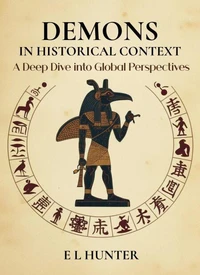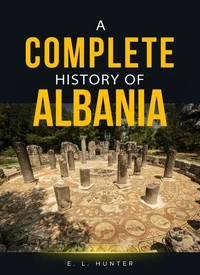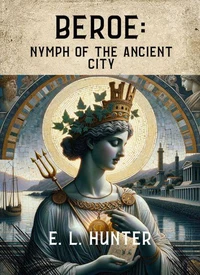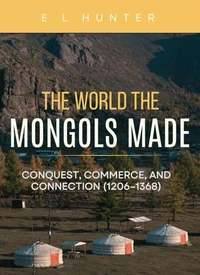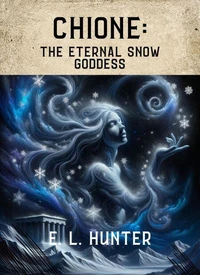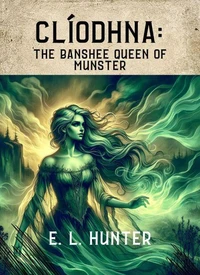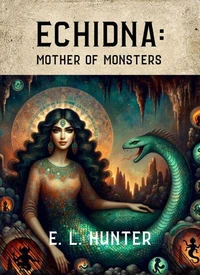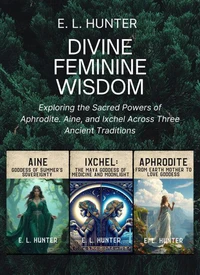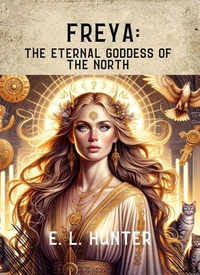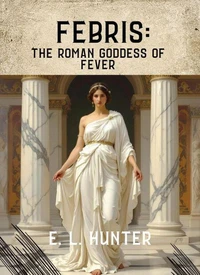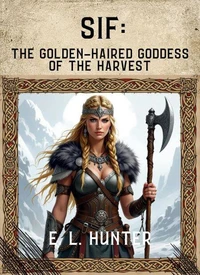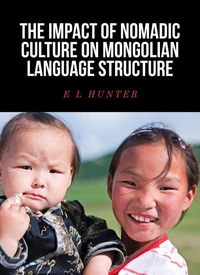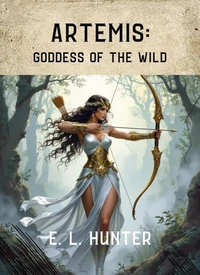Epona: Guardian of Horses and Riders
Par :Formats :
Disponible dans votre compte client Decitre ou Furet du Nord dès validation de votre commande. Le format ePub est :
- Compatible avec une lecture sur My Vivlio (smartphone, tablette, ordinateur)
- Compatible avec une lecture sur liseuses Vivlio
- Pour les liseuses autres que Vivlio, vous devez utiliser le logiciel Adobe Digital Edition. Non compatible avec la lecture sur les liseuses Kindle, Remarkable et Sony
 , qui est-ce ?
, qui est-ce ?Notre partenaire de plateforme de lecture numérique où vous retrouverez l'ensemble de vos ebooks gratuitement
Pour en savoir plus sur nos ebooks, consultez notre aide en ligne ici
- FormatePub
- ISBN8231941575
- EAN9798231941575
- Date de parution29/07/2025
- Protection num.pas de protection
- Infos supplémentairesepub
- ÉditeurWalzone Press
Résumé
From obscure Celtic origins to official recognition in the Roman calendar, Epona stands as the only Gaulish deity to achieve empire-wide veneration. This groundbreaking study traces the horse goddess whose protection transcended cultural boundaries wherever humans depended on equine power. Drawing on newly analyzed archaeological evidence and previously overlooked inscriptions, the book reconstructs Epona's remarkable journey from local spirit to international deity.
It reveals how her cult spread from Gaul to Britain and the Danube frontier through military networks, commercial routes, and cultural exchange. The distinctive iconography of the side-saddle goddess-found in over 300 monuments across three continents-illuminates ancient understanding of the sacred bond between humans and horses. Beyond cataloging artifacts, this work explores why Epona's worship resonated across diverse populations-from Celtic tribespeople to Roman soldiers, aristocratic villa owners to humble stable hands.
Through her divine figure, readers gain fresh insights into cultural resilience under imperial rule, religious adaptation across changing societies, and the enduring sacred dimensions of human-animal relationships. Essential for scholars of comparative religion and Roman provincial studies, while offering general readers a compelling journey through two millennia of European spiritual history.
It reveals how her cult spread from Gaul to Britain and the Danube frontier through military networks, commercial routes, and cultural exchange. The distinctive iconography of the side-saddle goddess-found in over 300 monuments across three continents-illuminates ancient understanding of the sacred bond between humans and horses. Beyond cataloging artifacts, this work explores why Epona's worship resonated across diverse populations-from Celtic tribespeople to Roman soldiers, aristocratic villa owners to humble stable hands.
Through her divine figure, readers gain fresh insights into cultural resilience under imperial rule, religious adaptation across changing societies, and the enduring sacred dimensions of human-animal relationships. Essential for scholars of comparative religion and Roman provincial studies, while offering general readers a compelling journey through two millennia of European spiritual history.
From obscure Celtic origins to official recognition in the Roman calendar, Epona stands as the only Gaulish deity to achieve empire-wide veneration. This groundbreaking study traces the horse goddess whose protection transcended cultural boundaries wherever humans depended on equine power. Drawing on newly analyzed archaeological evidence and previously overlooked inscriptions, the book reconstructs Epona's remarkable journey from local spirit to international deity.
It reveals how her cult spread from Gaul to Britain and the Danube frontier through military networks, commercial routes, and cultural exchange. The distinctive iconography of the side-saddle goddess-found in over 300 monuments across three continents-illuminates ancient understanding of the sacred bond between humans and horses. Beyond cataloging artifacts, this work explores why Epona's worship resonated across diverse populations-from Celtic tribespeople to Roman soldiers, aristocratic villa owners to humble stable hands.
Through her divine figure, readers gain fresh insights into cultural resilience under imperial rule, religious adaptation across changing societies, and the enduring sacred dimensions of human-animal relationships. Essential for scholars of comparative religion and Roman provincial studies, while offering general readers a compelling journey through two millennia of European spiritual history.
It reveals how her cult spread from Gaul to Britain and the Danube frontier through military networks, commercial routes, and cultural exchange. The distinctive iconography of the side-saddle goddess-found in over 300 monuments across three continents-illuminates ancient understanding of the sacred bond between humans and horses. Beyond cataloging artifacts, this work explores why Epona's worship resonated across diverse populations-from Celtic tribespeople to Roman soldiers, aristocratic villa owners to humble stable hands.
Through her divine figure, readers gain fresh insights into cultural resilience under imperial rule, religious adaptation across changing societies, and the enduring sacred dimensions of human-animal relationships. Essential for scholars of comparative religion and Roman provincial studies, while offering general readers a compelling journey through two millennia of European spiritual history.

